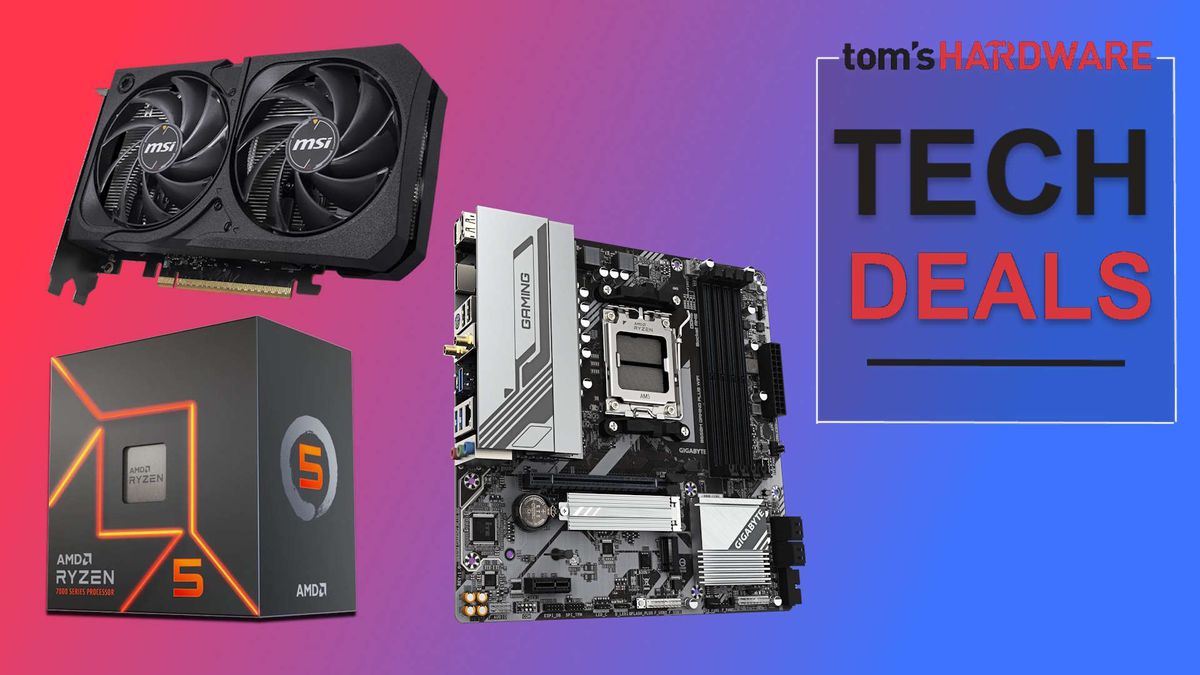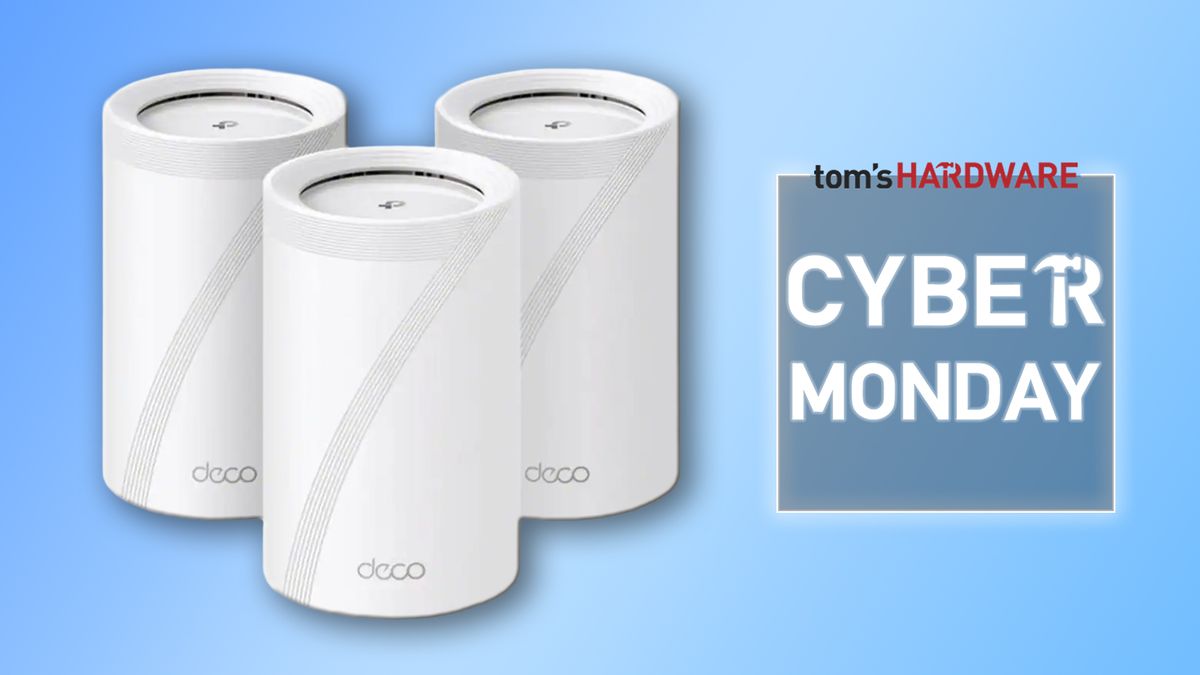Follow ZDNET: Add us as a preferred source on Google.
Have a USB device near you? Look closely at the port -- do you see a color? It turns out that it actually means something. There's a standardized color scheme that communicates information about that device's capabilities.
Mind blown? If you never noticed this, you're not alone. Most USB devices work fine on any compatible port, but they may not be optimized for optimal performance. For example, if you've noticed a mouse seems to work better in one port over another, it's not in your head. One probably supports USB 3.0, and the other doesn't.
Also: Drawer full of USB cables? This tiny tester tells you which ones actually work as advertised
Despite the fact that they share a universal port shape, all USB-A and USB-C devices are not created equal, with potentially very different transfer speeds, power transfer, and generations on similar devices. Even two USB-C ports right next to each other on the same laptop could have very different capabilities when it comes to data transfer speed and power delivery.
Let's take a look at what they mean.
There are seven major color that indicate a device's generation and what kind of data transfer speeds you can expect. If you have a rare device with a color not listed here, let me know in the comments.
- Black:Denoting USB 2.0, this is the second most common you'll see on devices of all types, supporting speeds of up to 480 Mbps.
- White: These are first-generation devices -- USB 1.x -- with the slowest potential transfer speeds that don't typically exceed 12 Mbps. They're also some of the most common, found on devices that don't require data transfer or high power delivery.
- Yellow: These ports can support either USB 2.0 or 3.0, and are "always on", meaning they can supply power even when the device they're connected to is off.
- Orange: Like yellow, but with support for USB 3.0. Always on. You might see these on your pair of headphones.
- Blue: Supporting USB 3.0 SuperSpeed technology and above, blue ports identify a device capable of fast data transfer: up to 5 Gbps (that's 5,000 Mbps) -- a significant jump from previous generations. Besides laptops, you'll see blue ports on thumb drives and external storage.
- Teal: Just like blue, but denoted as USB 3.1, supporting faster transfer speeds of up to 10 Gbps.
- Red: These are the newest and fastest devices available, categorized as USB 3.1 Generation 2 and USB 3.2. They support another significant increase in data transfer speeds -- up to 10-20 Gbps. Red USB ports are also always on.
Blue USB-A ports indicate transfer speeds of up to 5 Gbps.
The colors on your laptop's USB ports can also indicate at a glance what generation of USB technology it supports. For example, the Acer Chromebook Plus Spin 514 features two identical USB-A 3.2 ports, capable of transferring data at speeds of up to 5 Gbps. If your laptop's USB ports don't have a color, it simply means the manufacturer chose not to use a color for design or budget reasons.
When buying a new laptop, consider the speeds your USB ports support, as this is one aspect that most consumers tend not to investigate closely. Lower-priced or older laptops may have ports with more limited speeds, while newer laptops may forgo USB-A connectivity altogether in favor of faster USB-C ports.
Also: What is Thunderbolt, and how is it different from USB-C?
In that vein, USB-C ports can also have their own colors, but they're a little more specialized. Most USB-C ports are differentiated between standard connectivity with USB 2.0 (common in older laptops, with speeds of up to 480 Mbps) and 3x, which supports speeds of up to 10-20 Gbps.
A step above standard USB-C are Thunderbolt ports, often marked with the Thunderbolt icon next to the port itself, which support speeds of up to 40 Gbps. These ports support some of the fastest USB transfer speeds available on the market, and you'll see them on high-end laptops.
USB 4 is one of the newest and most powerful technologies available, with select laptops currently supporting this technology. The MacBook Pro M4 is one such example, with speeds up to 120 Gbps. USB 4 and Thunderbolt ports are backward compatible, so they have no problem running slower devices when plugged in.
The bottom line
So what does all this mean for you? I recommend looking at your laptop's spec sheet to determine the differences (if any) between the USB ports on your laptop. If one of them is faster than the other, it will be specified, and you can expect better performance by connecting the right devices to the corresponding ports.

 3 weeks ago
41
3 weeks ago
41








 English (US) ·
English (US) ·